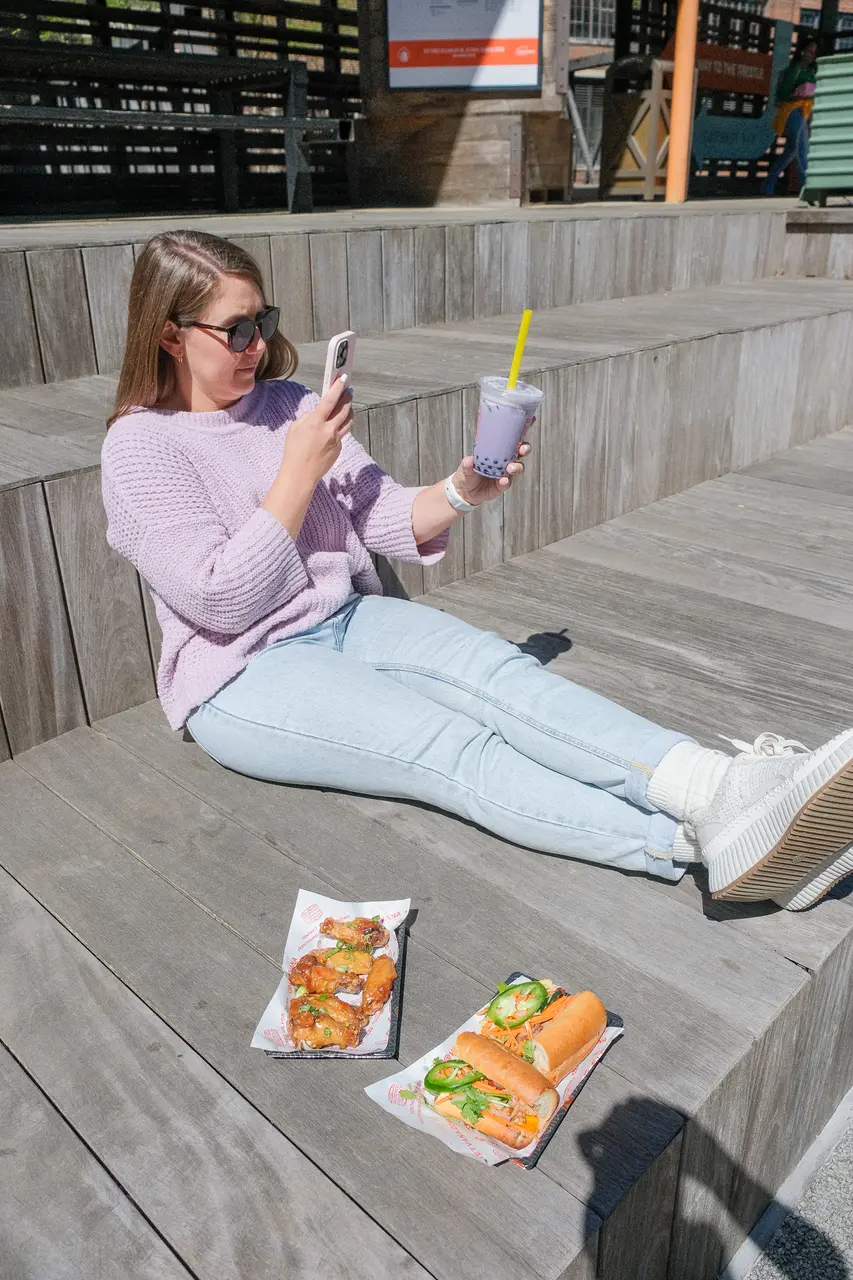Essential Tips for Crafting an Effective Visual Content Strategy
In a world where creativity meets strategy, mastering the art of visual content is crucial for businesses aiming to make a lasting impact. Dive into the realm of visual storytelling and learn how to optimize your content for different platforms. Discover essential tips for crafting an effective visual content strategy that resonates with your audience and drives meaningful engagement.
Understanding the Basics of Visual Content Strategy
Visual content strategy is the backbone of successful brand communication in today's visually-driven world. Understanding the basics involves delving into the art of combining compelling visuals with strategic intent. It's not just about creating eye-catching graphics; it's about crafting a narrative that resonates with your audience on a deeper level.
Effective visual storytelling requires a harmonious blend of creativity and purpose. From selecting the right color schemes to choosing engaging imagery, every element plays a crucial role in conveying your brand's message. By focusing on clarity, consistency, and relevance, you can create a visual content strategy that captivates and inspires your target audience.
Moreover, understanding your audience's preferences and behavior is key to tailoring your visual content strategy. By analyzing data, tracking engagement metrics, and staying informed about industry trends, you can refine your approach and deliver content that resonates with your viewers on a personal level.
In essence, mastering the basics of visual content strategy involves aligning your creative vision with your business goals. By maintaining a cohesive brand identity across all visual touchpoints, you can build trust, evoke emotions, and leave a lasting impression on your audience.
Implementing Visual Storytelling Techniques
Visual storytelling is a powerful tool that enables brands to connect with their target audience on a profound level. By weaving together captivating narratives, striking visuals, and emotional cues, you can create a lasting impact that resonates with viewers long after they've engaged with your content.
One key aspect of implementing visual storytelling techniques is understanding the power of context. Whether you're creating a social media post, a website banner, or a promotional video, each piece of content should be tailored to suit the platform it's being shared on. By adapting your storytelling approach to fit the medium, you can maximize engagement and achieve optimal results.
Furthermore, incorporating storytelling arcs, character development, and visual metaphors can elevate your content from being merely informative to emotionally compelling. By creating narratives that resonate with your audience's experiences and aspirations, you can establish a strong emotional connection that drives brand loyalty and advocacy.
Ultimately, mastering the art of visual storytelling requires a deep understanding of your brand's narrative, your target audience's preferences, and the emotional triggers that drive engagement. By infusing your visual content with authenticity, creativity, and purpose, you can craft stories that captivate, inspire, and drive action.
Optimizing Visual Content for Different Platforms
Optimizing visual content for different platforms is essential in today's multi-channel digital landscape. Each platform presents unique opportunities and challenges, requiring tailored strategies to maximize visibility, engagement, and conversion rates.
When it comes to social media, understanding the best practices for each platform is crucial. Whether you're creating content for Instagram, Facebook, TikTok, Twitter, or LinkedIn, adapting your visuals to suit the platform's aesthetic norms and audience preferences can significantly impact your reach and engagement levels.
For websites and e-commerce platforms, optimizing visual content involves more than just selecting appealing images. Factors such as page loading speed, image quality, and mobile responsiveness play a vital role in enhancing user experience and driving conversions. By investing in high-quality visuals that are optimized for SEO and user accessibility, you can create a seamless browsing experience that encourages visitors to explore and engage.
In the realm of video content, understanding the nuances of different platforms—such as YouTube, TikTok, and Vimeo—is essential for creating shareable, engaging videos. By tailoring your video content to match each platform's audience demographics and engagement metrics, you can maximize viewership, drive traffic, and build a loyal community of followers.
By embracing a multi-platform approach to visual content optimization, you can expand your brand's reach, connect with diverse audiences, and drive meaningful interactions across various digital touchpoints. Remember, the key to successful visual content strategy lies in adaptability, creativity, and a deep understanding of your audience's preferences and behaviors.
Embracing the Power of Visual Communication
As you journey through the nuances of visual content strategy, remember that every image, video, or infographic has the power to convey a message beyond words. Embrace the colorful palette of creativity, blend it with strategic thinking, and watch your visual content strategy flourish in the ever-evolving digital landscape.

